The continued slow progress for the Tram-Train pilot in South Yorkshire has seen further work take place at Rotherham in recent weeks, including railway closures to allow for further construction to take place. In this pictorial update from Glyn Hill we take a look at the current state of play around Rotherham.
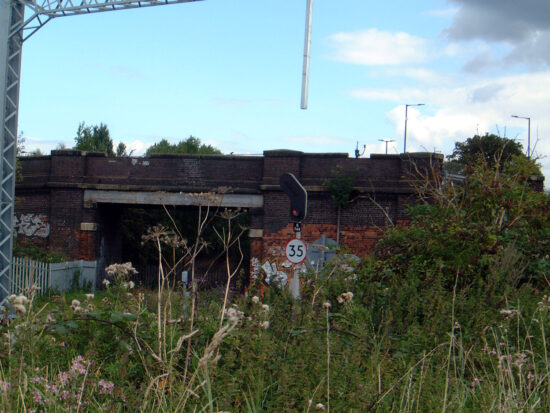
A new signal at Rotherham Road Bridge has now been put into operation having previously been bagged over.
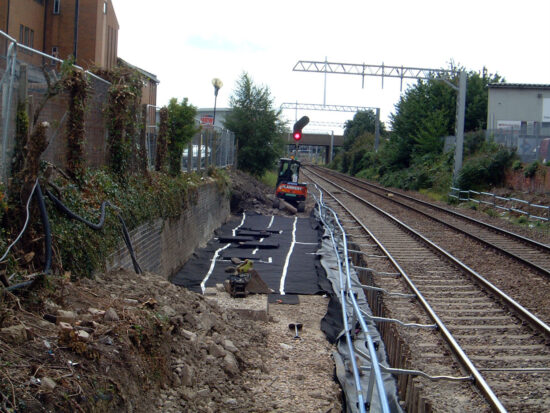
This is the site of the new tram platform at Rotherham Central – so far no work has been started on the other side.
* Further photos from the Tram-Train project will be included in a future Photo Gallery on British Trams Online.

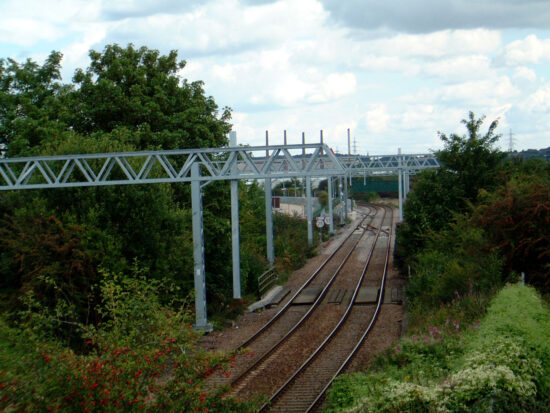
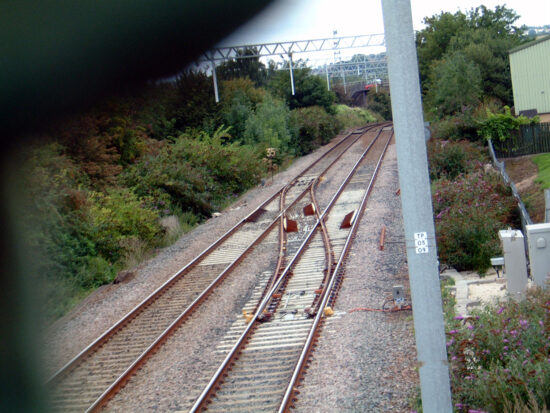
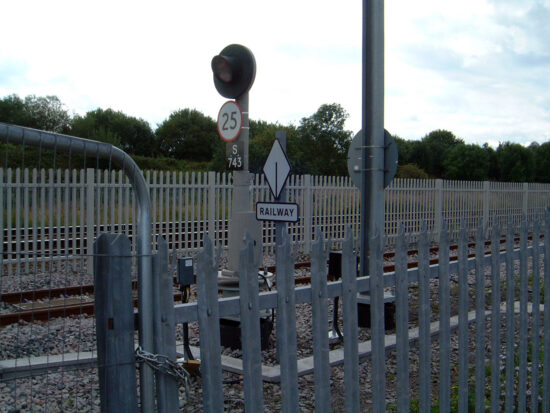
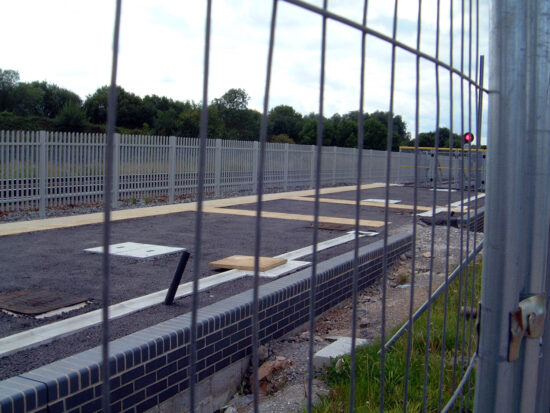
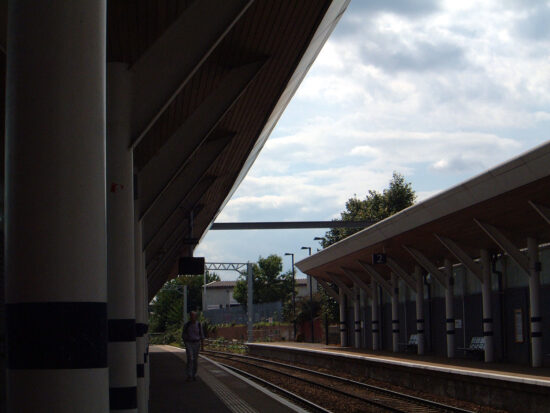
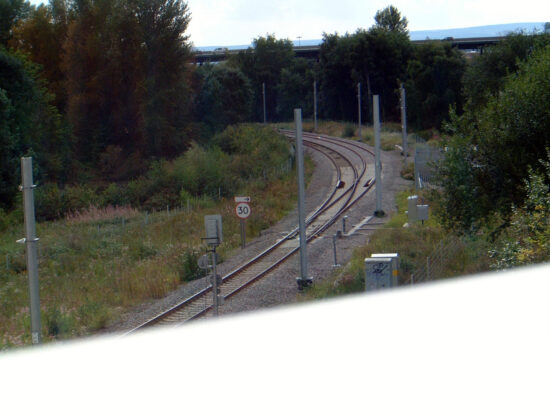
Are these overhead supports for full catenary? They look like high-speed railway 25kv supports. Good to see material progress, however.
I believe that the DfT in its usual manner has insisted that overhead line structures are suitable for possible future main line electrification, which seems strange considering the number of existing electrification schemes that they have now cancelled. The usual government case of left and right hands working in complete isolation from each other.
That seems probable. But pre-provision often fails. In Seattle, USA, they built the subway for buses with tram rails already laid in it for later use. It cost a lot more because of that. When the time came to convert it for light rail operation, the old rails were taken out and new rails put in. If the Rotherham line is ever 25 Kv’d, then I expect they will find the overhead supports do not conform to whatever new protocols have been introduced by then, and new ones will be needed. So it has always been.
It ought to have been 25kv anyway, as any future schemes would surely have involved running over 25kv routes, resulting in the need to go through the whole palaver of testing again.
Or maybe they should have followed the West Midlands example and made the 7 trams hybrids and run on battery power on Network Rail. But there again this sorry saga has been dragging on for so long that battery hybrids were just a work of fiction when the spec was drawn up for the trams.
Good point, and since the government now prefers dual-mode trains rather than full electrification of routes (they used to be called electro-diesels on the Southern Region 50 years ago), perhaps the new tram-trains should be retrofitted with diesel engines too. Then they could venture out on the main line.
The small metre gauge tramway system in the German town of Nordhausen has been using Siemens Combino trams which are dual electric and diesel to enable them to operate out to Ilfeld on the Harz Mountain railway system. This started I think in 2003
A big problem for the use of bi-mode electric/diesel tram trains in the UK is the availability of engines meeting the latest Euro IIIB emissions regulations. With a low floor vehicle the diesel power pack would most likely be located on the roof and the restricted UK loading gauge would be very difficult to comply with. It may be possible to install a power pack within the saloon environment but space and noise problems would make that undesirable.
The same problems are hitting refurbishment of main line diesel locomotives where it is very hard to fit the exhaust scrubbing equipment required by the regulations within the loading gauge. Suitable engines are hard to find. There was a rush to order new locomotives prior to the regulations becoming mandatory.
The larger continental loading gauge makes such problems much easier to resolve.